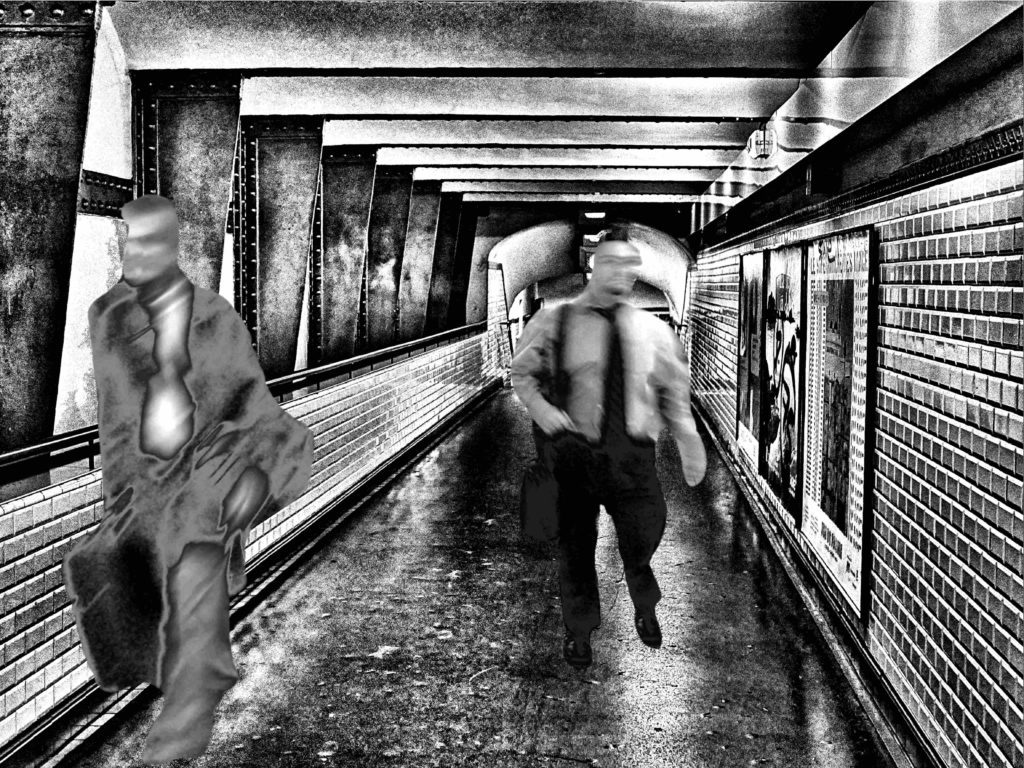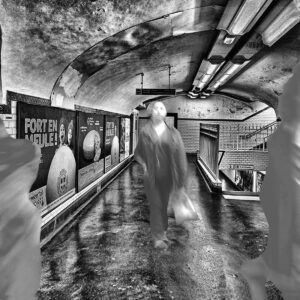In April 2020, Jeffrey E. Harris, a professor of Economics at the MIT, published a study placing responsibility for the Covid spread on the NYC subway, said to be “a major disseminator, if not the principal transmission vehicle”(1). Though highly criticized for its questionable methodology, and though there is no evidence of such correlation in major cities around the world (2), the damage had been done. The study had not only added fear to anxiety; it recalled the difficulty to manage resilience in public transport when facing hazardous developments. The pandemic has revealed the limitations of public transport critical infrastructures when facing uncertainty. In a comprehensive publication, T. Carvalhaes & Al (3), review four current weaknesses that should be addressed: the “overlap” with other hazards, the changing nature of criticality, an “enabling” leadership, and most interestingly for public transport, the right balance between efficiency and resilience. But few publications question resilience seen from the perspective of user’s behavior. Interestingly, voices express their concern about key indicators of US transit agencies, advocating for a shift from sole performance metrics to the need to keep up with resident’s social needs, and in particular with those who are the most vulnerable (4).
Should public transport be limited to mass transportation without any possible social interactions between passengers? Some publications lead to think that design could generate boundaries confining users to a passive role (5). Counterproductive standards could be also shaped by systemic racism (6) exacerbated by budget cuts due to the Covid crisis. But experiments have shown that other behavioral conditions need to be better appraised to understand social interactions and perceptions. In January 2007, Joshua Bell, one of the best musicians in the world, played Bach during 45 minutes in a metro station of Washington DC (7). Hardly anyone stopped. No attention. No applause. 32 $ collected. Two days before, Bell played the same pieces in Boston. The theater was sold out with a seat average of 100 $… The way we perceive our environment in a subway is analyzed extensively by M. Tillous (8) in her thesis, on the traveler within (urban) mobility spaces. The author explains why the interactions between an individual and his surroundings are critical to build a territory defined as a public space in which relations with our environment are not the result of a process based on conscious approaches.
Top-down decisions aiming for a better well-being in public spaces do not always improve resilience. Efforts done by the Parisian metro RATP with musicians contributing to a better social dimension (9) are valuable and such attempts are welcome. Unfortunately, they are challenged by the sole objective of mass transportation in the healthiest possible conditions. A laudable goal during a pandemic, but in the same time threatening what should be at the core of public spaces: interacting.
Metro Bastille, Paris, is a series of five diptychs picturing the artificial subway design and how it produces mental gaps in our relations with others during the Covid pandemic. To the empty corridors, distorted shapes and silhouettes of subway passengers photographed before the pandemic have been added. They are parts of masses moving from one point to the other, in an environment close to space alienation. As such, their inability to interact with others erases the boundaries pre and post-Covid, with empty corridors and distorted silhouettes merging into one balanced scene.

- http://web.mit.edu/jeffrey/harris/HarrisJE_WP2_COVID19_NYC_24-Apr-2020.pdf
- https://www.theatlantic.com/ideas/archive/2020/06/fear-transit-bad-cities/612979/
- https://doi.org/10.3389/fbuil.2020.00148
- https://thecityfix.com/blog/public-transport-covid-19-lockdowns-its-time-innovate-change-benchmarks-success-stacey-matlen/
- http://www.ijdesign.org/index.php/IJDesign/article/view/1487/629
- https://kinder.rice.edu/urbanedge/2020/08/24/transportation-racism-has-shaped-public-transit-america-inequalities
- https://www.snopes.com/fact-check/joshua-bell-company/
- https://tel.archives-ouvertes.fr/tel-00403677/document
- https://www.youtube.com/watch?v=-mp7HtywU0A#action=share
